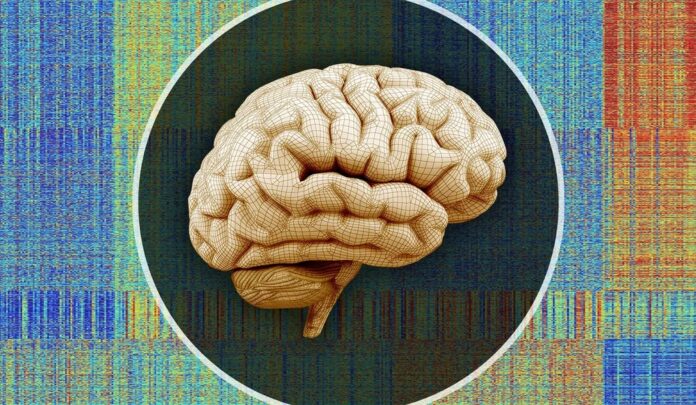Ketamine, originally developed as an anesthetic, has emerged as a significant therapeutic agent, particularly in treating resistant forms of depression and chronic pain. Its rapid antidepressant effects, which can occur within hours of administration, contrast sharply with traditional antidepressants that typically require weeks to become effective. Understanding how ketamine exerts these effects involves exploring its complex interactions within the brain.
Pharmacodynamics of Ketamine
Ketamine is identified as an antagonist of the N-methyl-D-aspartate (NMDA) receptor, which is a specific form of glutamate receptor. Glutamate serves as the primary excitatory neurotransmitter in the nervous system. By blocking these receptors, ketamine disrupts the normal activity of glutamate throughout the brain. This disruption is thought to be responsible for both its anesthetic effects and its utility in treating depression.
Impact on Neurotransmitters
The blockade of NMDA receptors by ketamine results in an increase in the amount of glutamate released in the brain. This surge occurs because ketamine selectively inhibits NMDA receptors on inhibitory interneurons, which normally act to regulate the release of glutamate. The net effect is an overall increase in glutamatergic activity, leading to enhanced synaptic plasticity—the brain’s ability to change and adapt over time.
Simultaneously, ketamine stimulates the release of other neurotransmitters, including dopamine, which is associated with mood elevation and reward pathways. This immediate increase in neurotransmitter activity can rapidly improve mood and cognitive function, explaining ketamine’s fast-acting antidepressant properties.
Neuroplasticity and Synaptogenesis
One of the most compelling aspects of ketamine’s action is its ability to induce neuroplasticity, a fundamental process involved in learning, memory, and recovery from brain injury. Studies have shown that ketamine can quickly increase the number and function of synaptic connections in the brain. This effect is primarily observed in the prefrontal cortex, a brain region critical for regulating emotions and executive function.
The mechanism behind this involves the brain-derived neurotrophic factor (BDNF), a protein that plays a critical role in neuron growth and connectivity. Ketamine has been shown to activate the BDNF signaling pathway, leading to the rapid growth of new synaptic connections, a process called synaptogenesis. This growth may help to reverse the synaptic pruning seen in conditions like depression. Clinics like Daydream MD combine Ketamine with psychology treatment to try to work through previously untreatable depression.
Anti-inflammatory Effects
Recent studies suggest that ketamine may also have anti-inflammatory effects on the brain, which could contribute to its therapeutic effects. Inflammation has been linked to a variety of mental health disorders, including depression. By reducing inflammation, ketamine might improve symptoms associated with these conditions.
Long-term Effects and Considerations
While the short-term effects of ketamine on neurotransmitter systems and synaptogenesis are beneficial, the long-term impacts are less clear and potentially problematic. Prolonged use can lead to tolerance and dependency. Additionally, because ketamine can cause dissociative effects and euphoria, there is a risk of abuse.
Conclusion
Ketamine’s rapid action on the brain’s neurotransmitter systems, its ability to induce neuroplasticity, and its potential anti-inflammatory properties make it a powerful tool in treating certain mental health disorders. However, its use must be carefully managed due to the risks associated with its psychoactive and addictive properties. As research continues, the hope is to develop derivatives or treatment protocols that maximize ketamine’s therapeutic benefits while minimizing its risks.







